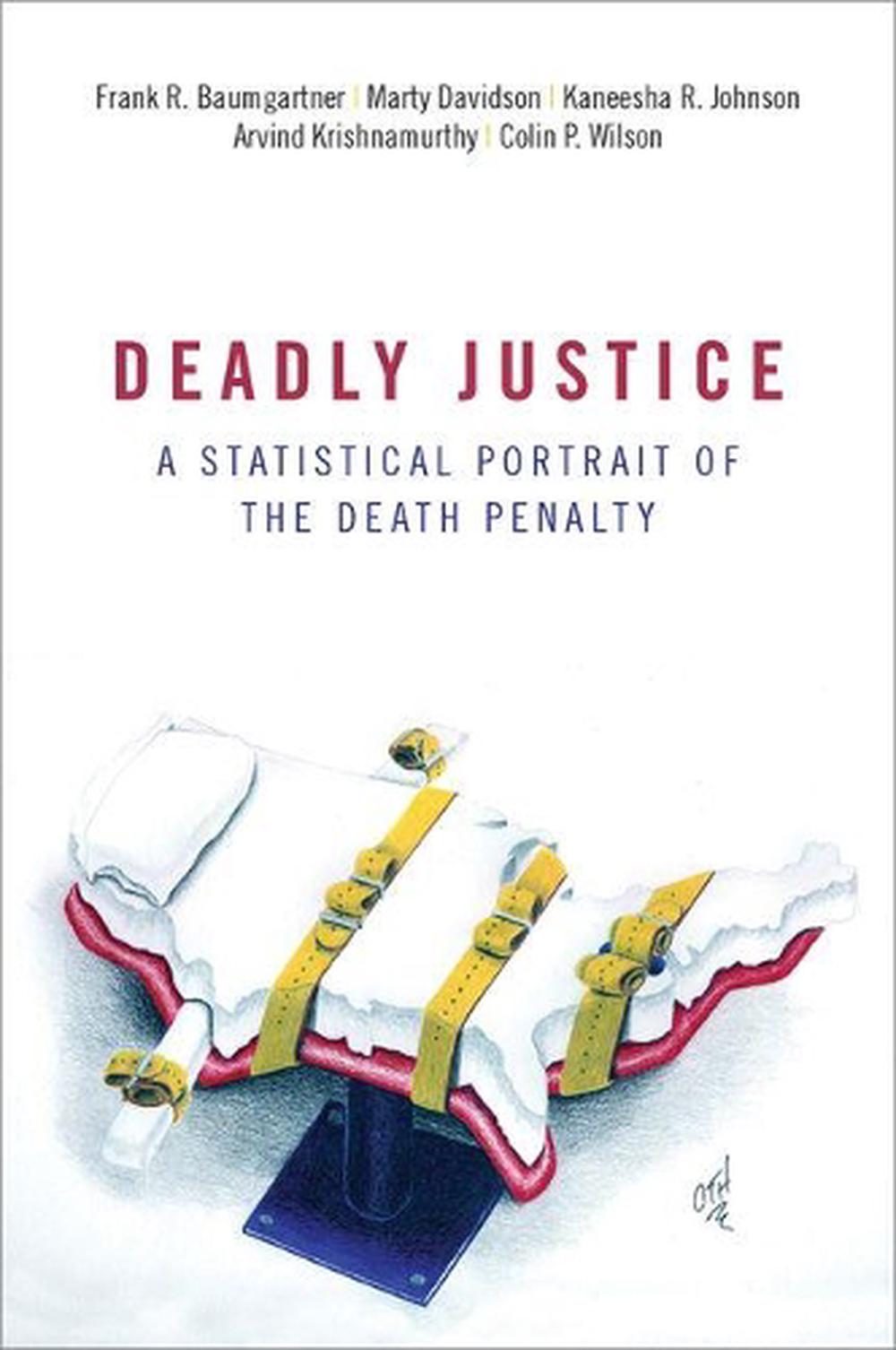
Deadly Justice
a statistical portrait of the death penalty
$72.51
- Paperback
416 pages
- Release Date
4 January 2018
Summary
In 1976, the US Supreme Court ruled in Gregg v. Georgia that the death penalty was constitutional if it complied with certain specific provisions designed to ensure that it was reserved for the ‘worst of the worst.’ The same court had rejected the death penalty just four years before in the Furman decision because it found that the penalty had been applied in a capricious and arbitrary manner. The 1976 decision ushered in the ‘modern’ period of the US deathpenalty, setting the country on a c…
Book Details
| ISBN-13: | 9780190841546 |
|---|---|
| ISBN-10: | 0190841540 |
| Author: | Frank Baumgartner, Marty Davidson, Kaneesha Johnson, Arvind Krishnamurthy, Colin Wilson |
| Publisher: | Oxford University Press Inc |
| Imprint: | Oxford University Press Inc |
| Format: | Paperback |
| Number of Pages: | 416 |
| Release Date: | 4 January 2018 |
| Weight: | 599g |
| Dimensions: | 231mm x 155mm x 25mm |
What They're Saying
Critics Review
“Baumgartner et al. question whether the death penalty as it is practiced today meets the standards for constitutional legitimacy imposed in Furman. Baumgartner et al. address every empirical issue relevant to that question, ranging from the process by which capital punishment is meted out in jurisdictions, to which crimes in which jurisdictions merit the death penalty, to how often persons are exonerated from death row. They also provide extensive statisticalevidence of differences in execution rates according to race and gender, and consider the evidence of whether the death penalty deters crime. This excellent volume is essential reading for anyoneinterested in the constitutionality of the death penalty.” – CHOICE”Overall, the work contains much good information and some valuable insights. I was especially intrigued with the way the authors framed the difference between Furman and Gregg. They noted that in the former case the Court ruled based on plentiful evidence and experience with how the system actually worked. In Gregg, they were ruling prospectively-based on untested proposals about how the system might be improved. One decision was based on empirical evidence;the other on theory. Baumgartner, et. al. have given us some useful tools to measure the success of that theory.” - Mary Welek Atwell, Professor Emerita of Criminal Justice, Radford University
About The Author
Frank Baumgartner
FB: Professor of Political Science, University of North Carolina; author of many books for Princeton UP and the U of Chicago PressMW: Student, UNCKJ: Student, UNCAK: Student, UNCCW: Student, UNC
Returns
This item is eligible for free returns within 30 days of delivery. See our returns policy for further details.




